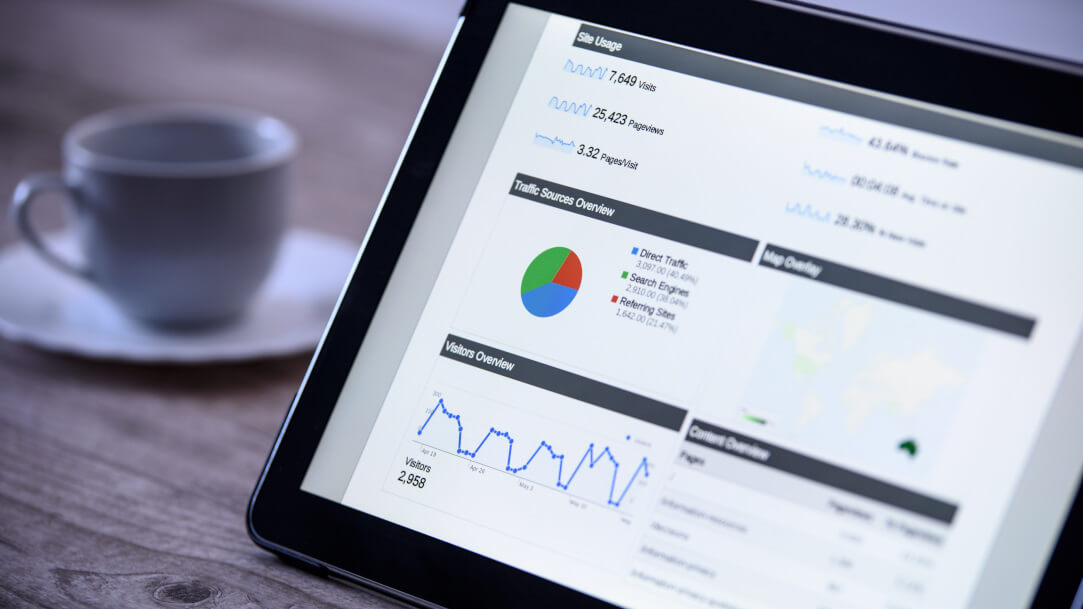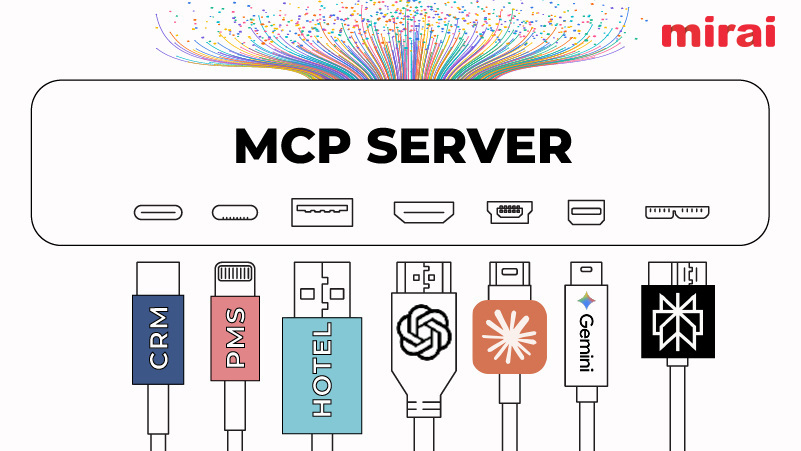
As many hotels put their 2019 revenue budgets to bed, they are turning to compensation plans for their key revenue staff. Obviously, the budget numbers comprise most of the compensation metrics; you have to hit the numbers. But there also needs to be an external metric to make sure your performance is balanced relative to what the market would bear.
NB: This is an article from Rainmaker
Smith Travel, via STR reports, has been helping hotels understand just this performance for decades. They have established the key industry performance metrics hotel management has been measured by. Their indices provide an excellent way for hotels to measure how they performed relative to the broader market. But while historic metrics are a great way to measure for compensation, can any of them be used to look forward and predict performance or, possibly, make better pricing decisions?
Keep Tabs on Your Competition, with an eye to the future…
Rate Index is the metric that lends itself to forward-looking data most easily. Hotels can use their rate shopping tool to calculate rate index. It can be used as a predictor of future performance. However, if considered in isolation, it can lead the hotel to think performance will be better than it might actually be.
Future rate indices above 100 might lead the user to believe the hotel is going to perform well. However, when compared to pace, as well as your budget, is your relative rate performance helping or hindering performance?
Factor in Your Internal Performance
In the example below, the hotel’s rate index is well above 100. However, across all four dates, the hotel is pacing behind the prior year in both room nights and revenue.

By tying the two metrics together, the hotel can see how its price is possibly impacting overall performance.
Put the Right Tools in Your Toolbelt
To optimize your pricing strategy for 2019, you need the right rate shopping tool. One that allows you to lift revenues by balancing competitive data intelligence – “apples to apples” comparisons of various room-and-rate combinations in real time – to your internal performance data. And then you must combine that information with internal metrics to gain insights as to how your pricing is impacting performance.
A state-of-the-art rate shopping tool empowers revenue managers to better understand their property position within their market rate mix and more effectively shape pricing strategy. Furthermore, it seamlessly integrates with your other tools, such as your property management, global distribution, and revenue management systems, making it easy to share information throughout your entire organization. Combining the right tool with your revenue management strategies can lead to performance that ultimately scores well above STR industry averages.
Hotels must go beyond a limited view of looking at industry data and simply tracking their competition. Today, rate shopping tools are invaluable for accurately measuring performance and improving your hotel’s profitability. The more you know about your competitive set, your local market conditions, and your own property, the more precise your pricing strategy will be, and the higher your revenues will grow.




